View current page
...more recent posts
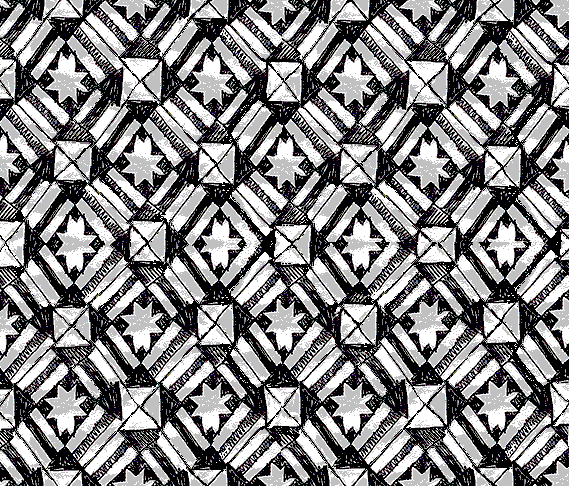
The fourth and mercifully final installment of my American Roots series--computer augmented sketches of quilts from an exhibit at the American Folk Art Museum. Think of it as the visual equivalent of "Swamp Thing" by The Grid, a somewhat awful early 90s techno track where a banjo was looped and combined with a thumping dancefloor beat.
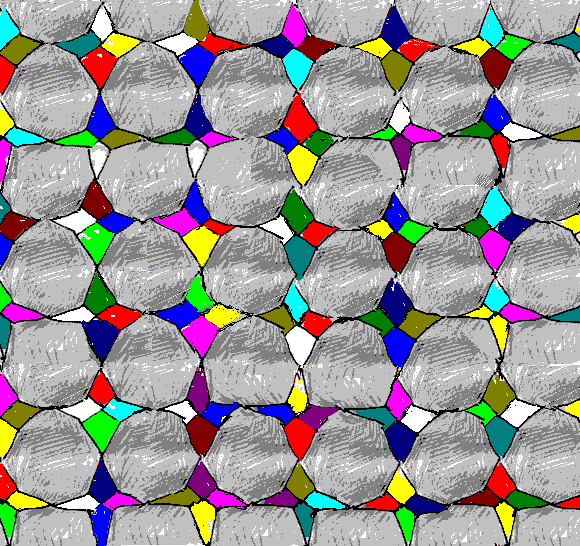
More American quilt patterning from about 80 years ago. Pardon my bad octagons.
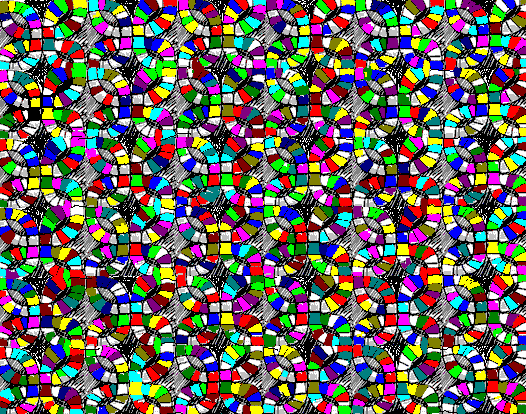
Atrios thinks William Gibson is a "techno-conservatarian," or their patron saint, and that it's somehow weirdly out of character that he'd contribute to Media Matters for America. Guess he hasn't read much Gibson--maybe he's confusing him with Jerry Pournelle?
UPDATE: Gibson replied:
The puzzling thing about this for me being: Do I have a hundred thousand politically conservative fans, and if so, *can't they read*? Most likely Atrios is referring to that sub-species of tragic mouthbreather so mesmerized by my effortless proliferation of imaginary Starck-slick gizmos that he never even notices the characterization, let alone the socio-political implications. I have always found those guys, like the ones who ask if I've read Ayn Rand, to be a distinct minority.
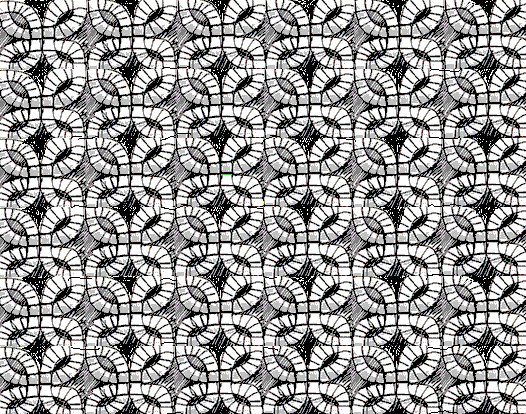
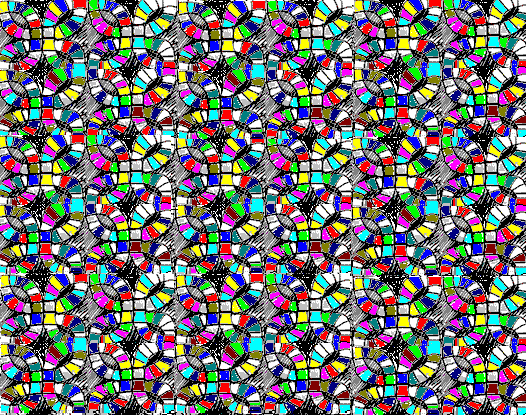
Another computer-augmented sketch of an Early 20th C. quilt design. Still working on the colors on that bottom one. In the actual quilt there was no repetition of color--the only thing unvarying was the pattern (as seen in the black and white sketch).
Amusing story in the Guardian where a reporter spent a day at the Louvre hanging out next to the Mona Lisa.
This year the crowds lining up to see it have grown thicker than ever, with the influx of millions of new Chinese tourists into Europe. A day spent in the room where the picture hangs reveals much about the global tourist industry - illustrating which countries are doing well enough economically to allow their middle classes the chance to visit France.In her quick rundown of the history of the painting, the writer gives two principal reasons for its current fame: the adoration of the romantic 19th Century poets, who were obsessed with the femme fatale, and the theft of the painting in 1911, which caused the image to be reproduced all over the world. She doesn't mention the names of those poets, but Theophile Gautier wrote that "the head makes you dream for hours" and perhaps even more well-known was Walter Pater's assessment, which Kenneth Clark called "the most famous description of a work of art in the English language":
The presence that rose thus so strangely beside the waters, is expressive of what in the ways of a thousand years man has come to desire. Hers is the head upon which all the ends of the world are come and the eyelids are a little weary. It is a beauty wrought out from the flesh, the deposit, little cell by cell, of strange thoughts and fantastic reveries and exquisite passions. Set it for a moment beside one of those white Greek goddesses or beautiful women of antiquity, and how would they be troubled by this beauty, into which the soul with all its maladies has passed? ... She is older than the rock upon which she sits; like the vampire, she has been dead many times and learned the secrets of the grave; and has been a diver in deep seas, and keeps their fallen day about her; and has trafficked for strange webs with Eastern merchants; and, as Leda, was the mother of Helen of Troy, and, as Saint Anne, the mother of Mary; all this has been to her but the sound of lyres and flutes, and lives only in the delicacy with which it has molded the changing lineaments, and tinged the eyelids and the hand (Pater, 1869).This might explain those crowds, and perhaps should have rated a mention in the Guardian article. Nowadays we would call it the power of spin.
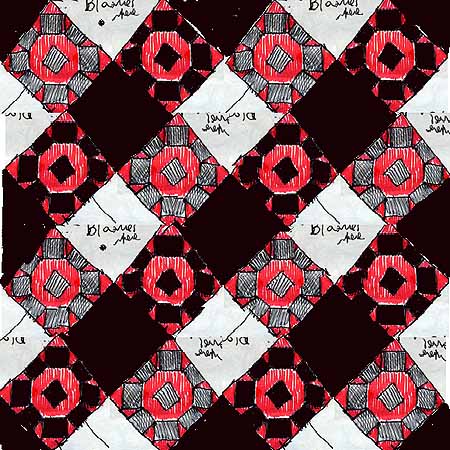
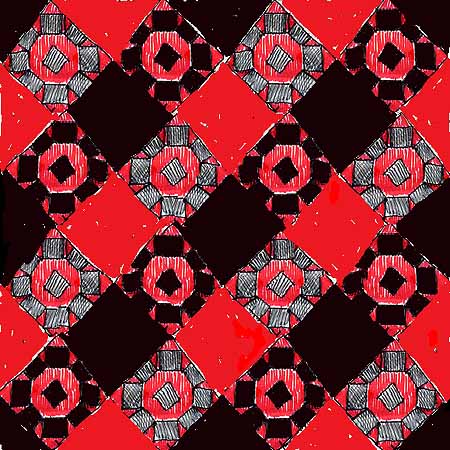
I took some notes on an early 20th C. quilt show at the American Folk Art Museum a few years ago and am just now getting around to processing them. For the above pattern, I had a sketch of one complete tile and notes on how the others went. These "computer recreations" (woo) are accurate except there were 6 rows, not four, and I believe the white diamonds (tinted red in the bottom jpeg) were black, or grey.
